Slicer Equipment - Chinese Manufacturer, Factory, Supplier
Slicer equipment is a versatile and essential tool in food processing, commercial kitchens, and retail environments. Designed to efficiently cut a wide range of products—from meats and cheeses to vegetables and baked goods—these machines enhance productivity, precision, and hygiene. This guide explores the types of slicers, their features, applications, and key considerations for selection.
1. Types of Slicer Equipment
Slicer equipment comes in various forms, each tailored to specific needs:
- Manual Slicers :
- Hand-cranked or lever-operated, ideal for small-scale or low-volume slicing.
- Cost-effective and easy to store.
- Electric/Powered Slicers :
- Motorized models with adjustable blade speed and thickness settings (0.5mm to 20mm+).
- Common in commercial kitchens for high-volume slicing of meats, cheeses, and deli products.
- Fully Automatic Slicers :
- High-capacity machines with automated feed systems, perfect for industrial or large-scale operations.
- Often used in meat processing plants or bulk food production.
- Specialized Slicers :
- Vegetable Slicers : Designed for fruits, vegetables, and bakery items (e.g., bread, pastries).
- Frozen Food Slicers : Equipped to handle frozen meats, fish, or produce without thawing.
2. Key Features and Benefits
Material Quality
- Stainless Steel Construction :
- Durable, corrosion-resistant, and easy to clean, ensuring compliance with food safety standards.
- Common grades: 304 or 316 stainless steel for hygiene and longevity.
- Blade Quality :
- High-carbon steel or diamond-coated blades for sharpness and longevity.
- Adjustable blade positions for precise cuts.
Safety Features
- Emergency Stop Buttons : Prevent accidents during operation.
- Guarded Blade Areas : Minimize injury risks.
- Automatic Power-Off : Ensures safety when not in use.
Ease of Use and Maintenance
- Ergonomic Design : Reduces operator fatigue with comfortable handles and adjustable height.
- Removable Components : Blades, trays, and guards can be easily disassembled for cleaning.
- Water/Detergent Cleaning : Compatible with commercial sanitization protocols.
3. Applications Across Industries
- Restaurants and Delis : Slicing meats, cheeses, and vegetables for sandwiches, salads, and charcuterie boards.
- Supermarkets and Retail Butcher Shops : Efficient preparation of pre-sliced meats, deli products, and fresh produce.
- Food Processing Plants : High-volume cutting of frozen or raw ingredients for packaged goods.
- Bakeries and Cafés : Slicing bread, pastries, and cakes for retail display or portion control.
4. Selection Guidelines
When choosing slicer equipment, consider the following factors:
- Capacity and Usage :
- Match the machine’s throughput (e.g., manual vs. industrial) to your daily needs.
- Material Requirements :
- Ensure the slicer is suitable for your products (e.g., frozen vs. fresh, hard vs. soft foods).
- Space and Budget :
- Compact models for small kitchens vs. large floor-standing units for high-volume operations.
- Additional Features :
- Look for options like automatic feed rollers , digital thickness controls , or portable designs .
- Brand and Support :
- Opt for reputable brands with warranties and local technical support.
5. Maintenance and Longevity
- Daily Cleaning : Disassemble removable parts and sanitize with food-safe detergents.
- Blade Sharpening/Replacement : Regularly maintain blades to ensure precision cuts.
- Lubrication : Follow manufacturer guidelines for moving parts to prevent wear.
- Storage : Cover the machine when not in use to protect against dust and debris.
6. Sustainability and Energy Efficiency
Modern slicer equipment prioritizes eco-friendly practices:
- Durable Materials : Reduce waste from frequent replacements.
- Energy-Efficient Motors : Lower operational costs and carbon footprint.
- Recyclable Components : Some brands offer parts designed for easy recycling.
Conclusion
Slicer equipment is a cornerstone of efficient food processing and commercial operations. Whether you need a compact manual slicer for a small café or an industrial machine for a meatpacking plant, selecting the right tool ensures productivity, safety, and compliance with food safety standards. By evaluating your specific needs and choosing a reputable brand, you can maximize the value of this essential kitchen and processing equipment.

 Heavy Duty Meat Slicer Machine
Heavy Duty Meat Slicer Machine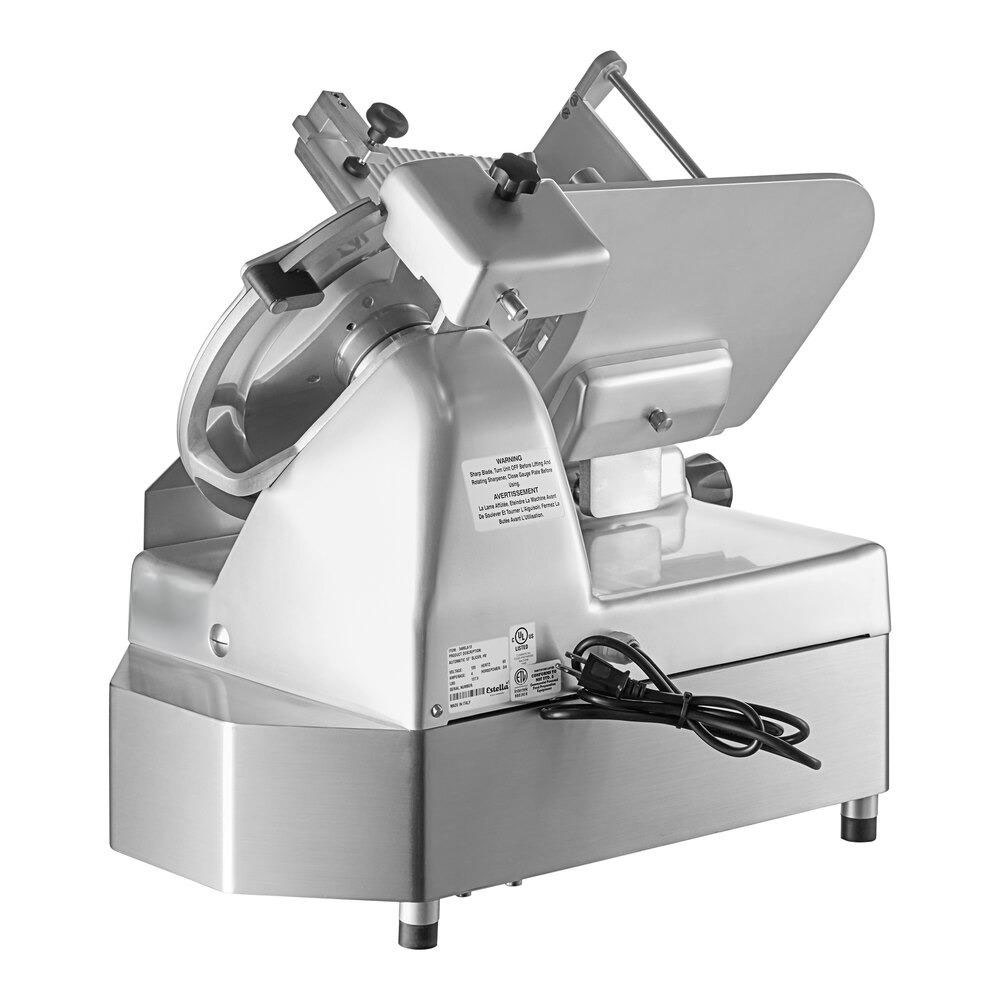 Automatic Meat Slicer Machine
Automatic Meat Slicer Machine Electric Cooked Meat Slicer
Electric Cooked Meat Slicer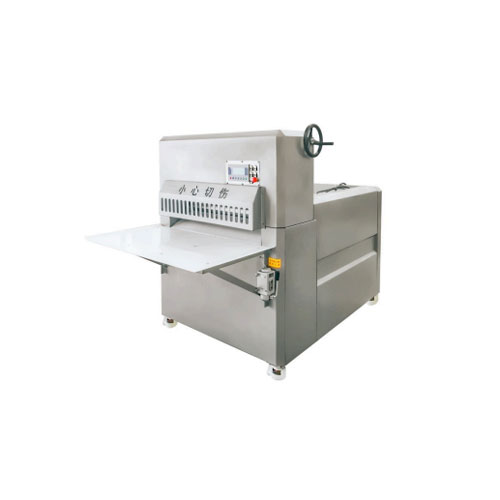 Frozen Meat Slicer
Frozen Meat Slicer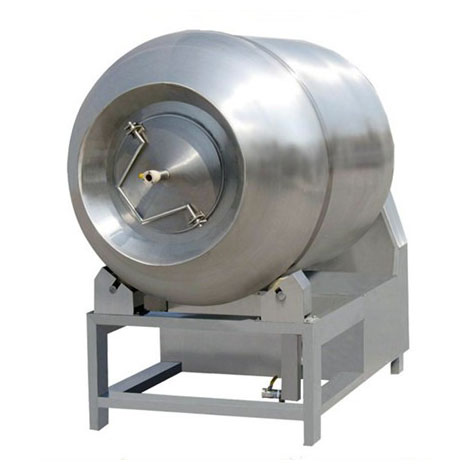 Vacuum Meat Tumbler
Vacuum Meat Tumbler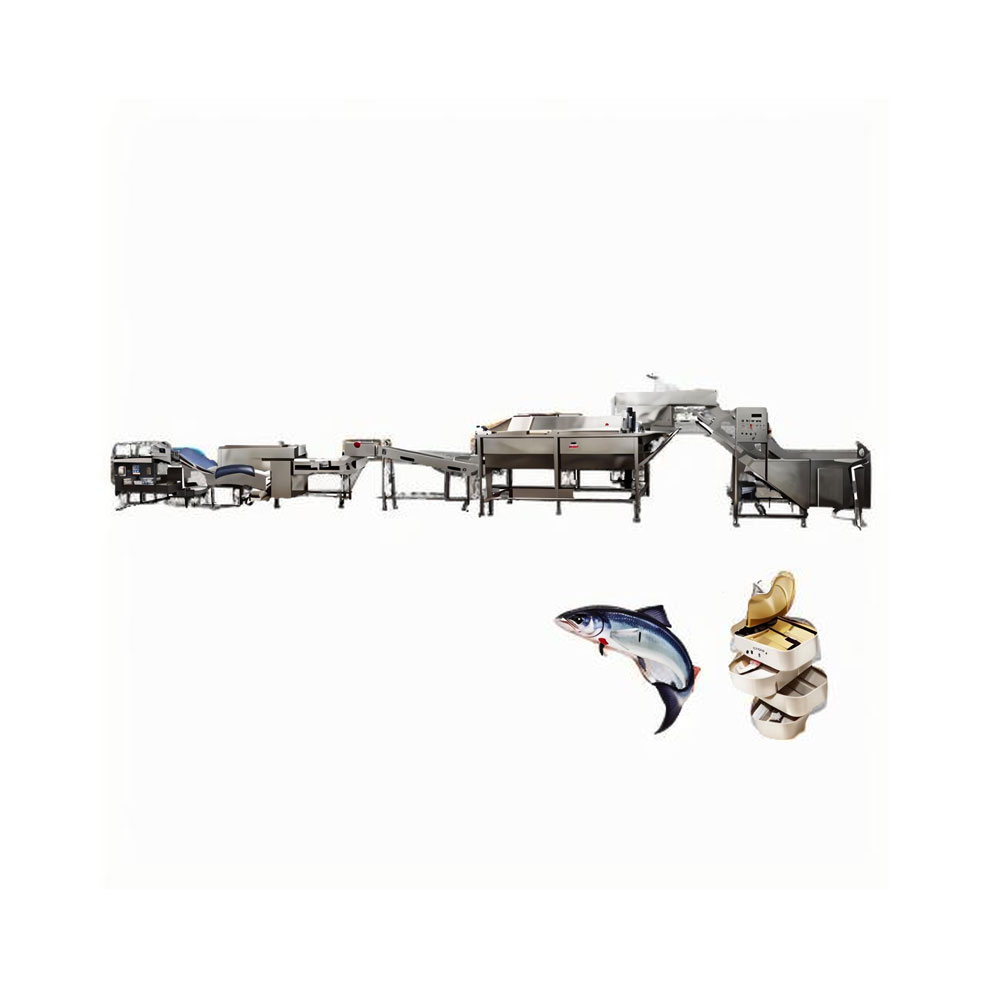 Automatic Sardine Canning Line Equipment
Automatic Sardine Canning Line Equipment 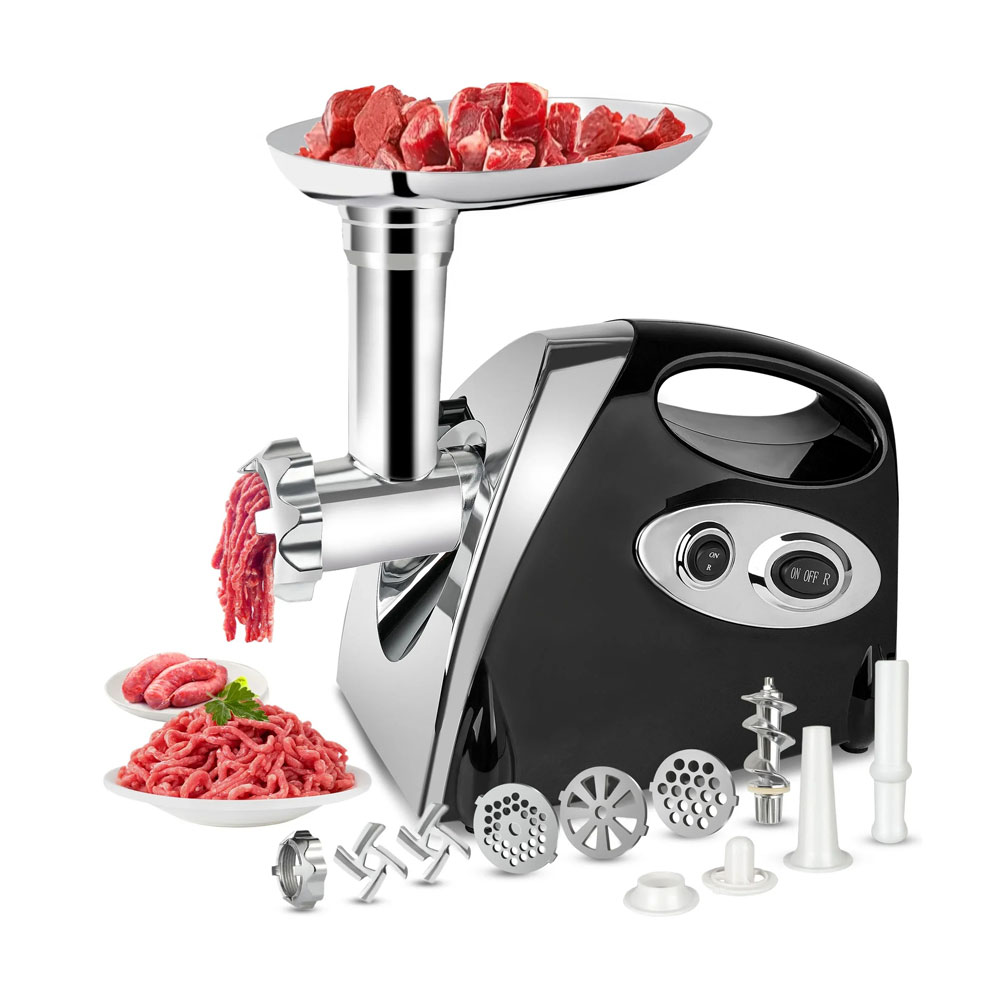 Meat Stuffer Machine
Meat Stuffer Machine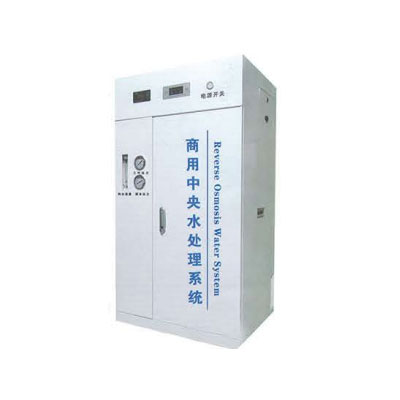 YL-W-03 Commercial Water Purification Equipment
YL-W-03 Commercial Water Purification Equipment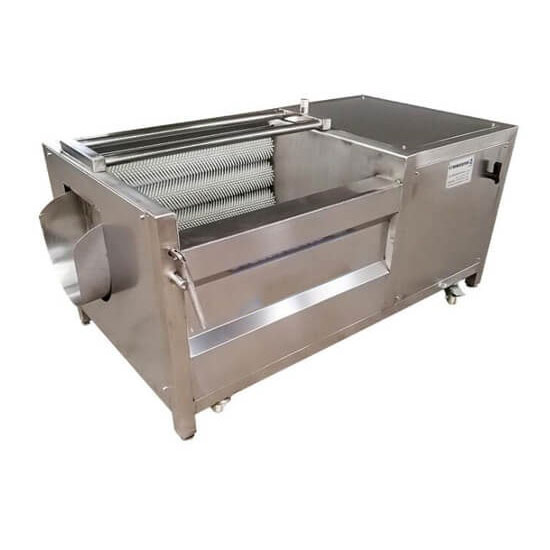 Fish Scaler Machine
Fish Scaler Machine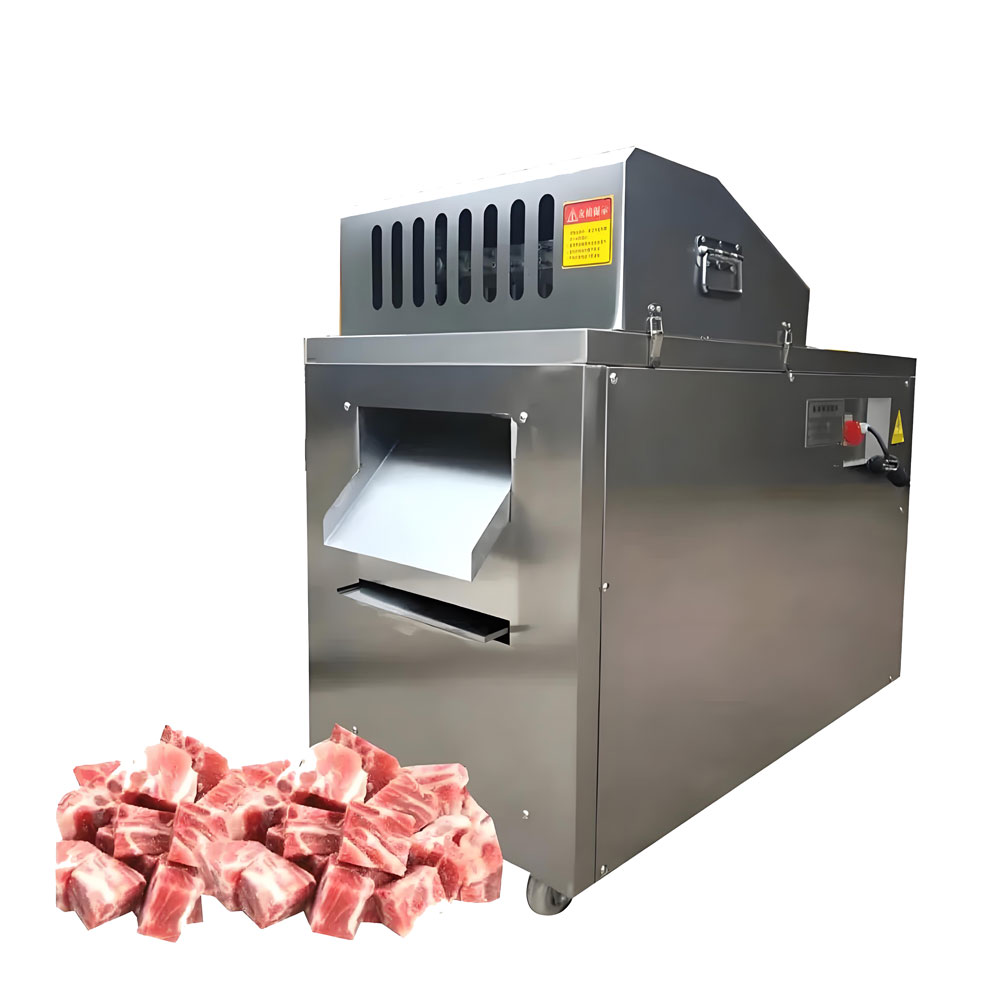 Meat Dicers
Meat Dicers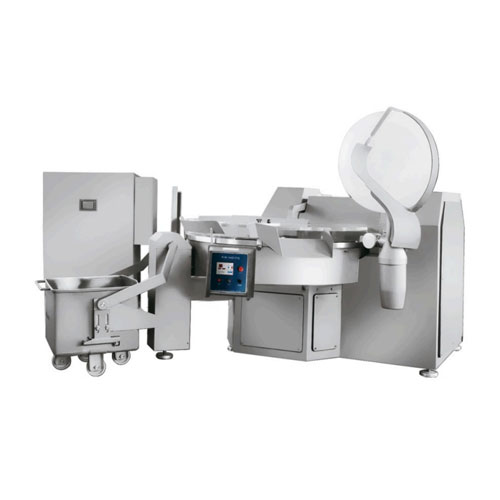 Model 200 Frequency Conversion High Speed Chopper
Model 200 Frequency Conversion High Speed Chopper